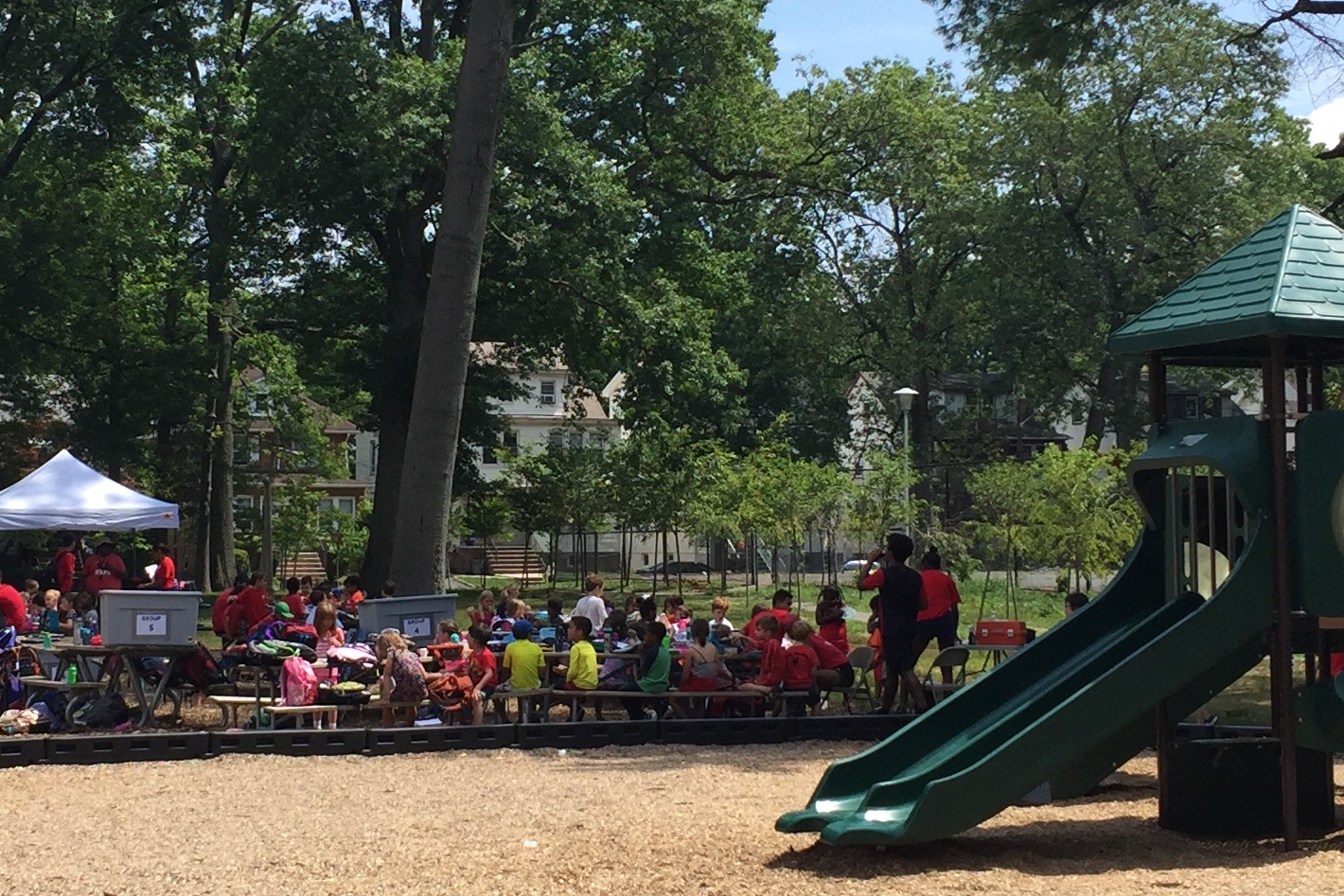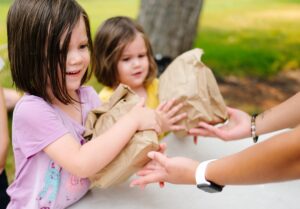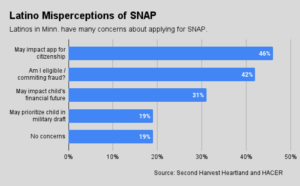In 1977, participation in the two-year-old Summer Food Service Program reached 2.8 million kids. By 2018 — 41 years later — participation in summer meals had advanced to only 2.9 million.
Why the slow growth? It’s not due to a lack of need, given that during the school year, about 20 million kids take part in free or reduced-price lunches.
One clue may be in the burdensome requirements of sponsoring summer meals. Every year, summer meal providers have to rebuild their programs from scratch, including identifying appropriate sites, signing contracts, finding staffers or volunteers, doing outreach and handling all the related administration.
Ideally, the meals are also paired with enrichment activities aimed at promoting continued learning. It all adds up to a lot of effort for programs that are only meant to last from four to eight weeks.

Food Research and Action Center, which reported last week that participation in summer meals fell by 5.7% last year and for the third year in a row, has a few ideas for reversing the trend. One would combine summer meals with after-school meals to eliminate the need for sponsors to qualify and apply for two different programs. “If sponsors could run their summer programs all year round, it would reduce administrative work,” said Crystal FitzSimons, Director of School and Out-of-School Time Programs at FRAC and one of the report’s authors. “Plus, it would help make sure families know where meals are available.”
FRAC is hoping the Child Nutrition Reauthorization bill, which is expected to be introduced soon, will offer an opportunity to strengthen the summer meals program. In addition to combining the summer and after-school programs, FRAC is recommending that districts be able to qualify for summer meals when only 40% of kids in an area are eligible for free or reduced price meals, versus the current 50%.
Also helpful would be funding for transportation, since getting to the sites is one of the biggest barriers to summer meals participation, FRAC says. Some sponsors are already getting creative in this area: California-based Food for People has tapped its county bus system and UPS to deliver thousands of bagged lunches to about 20 meal sites.
FRAC would also like to see increased support for a program that provides a monthly benefit via debit card for food purchases over the summer. The Summer EBT program, which succeeded in reducing very low food insecurity by a third and food insecurity by a fifth according to a 2016 report, was scaled back by the USDA in fiscal year 2019. “We think that is a huge problem,” FitzSimons said of the retreat.
The 2.9 million kids who received summer meals in 2018 represented a drop of more than 171,000 from 2017, according to FRAC. FitzSimons speculated that very rainy weather last summer in many regions of the country could have played a role in the decline, given that many of the meals are distributed in parks.
Even under sunny skies, the summer meals program has a long way to go before it comes close to matching the impact of the school lunch program. Last year, only 14 kids received summer lunch for every 100 during the school year.
Despite the flatline growth of summer meals over the years, FRAC is maintaining its “ambitious but achievable” goal of 40 summer-lunch kids for every 100 who get school lunch. “The hope is that the number always goes up because we know how important these meals are for families,” FitzSimons said.









